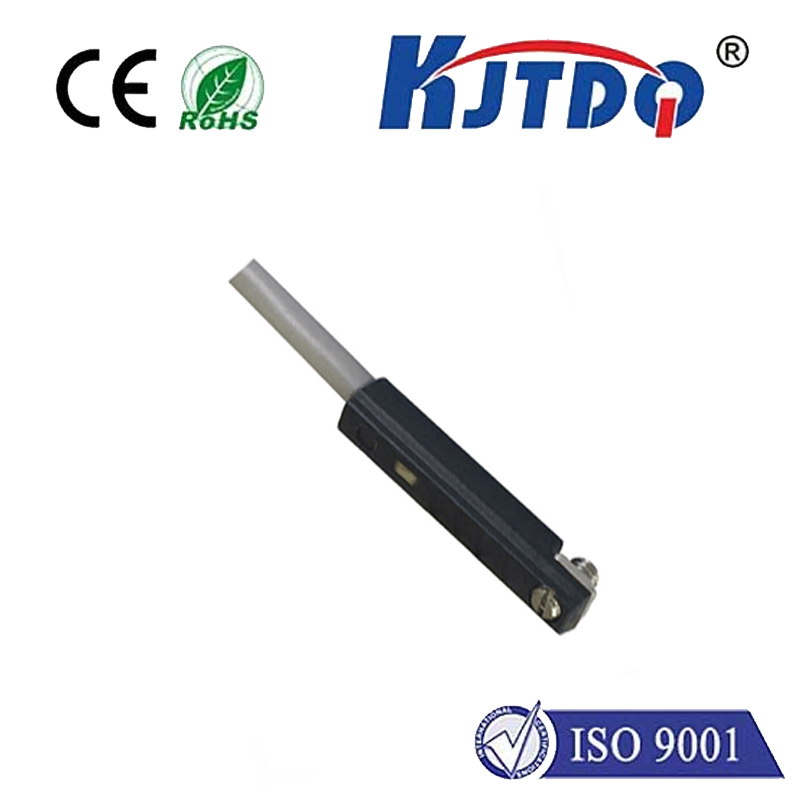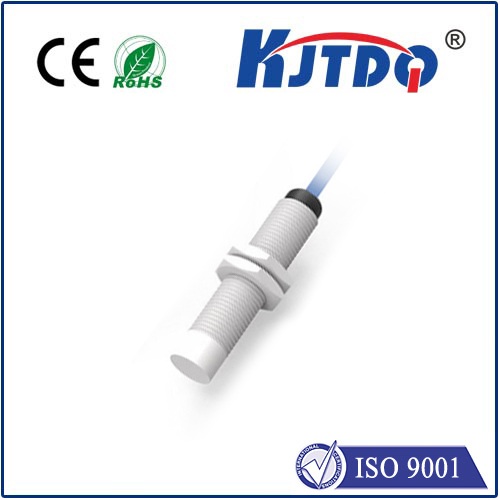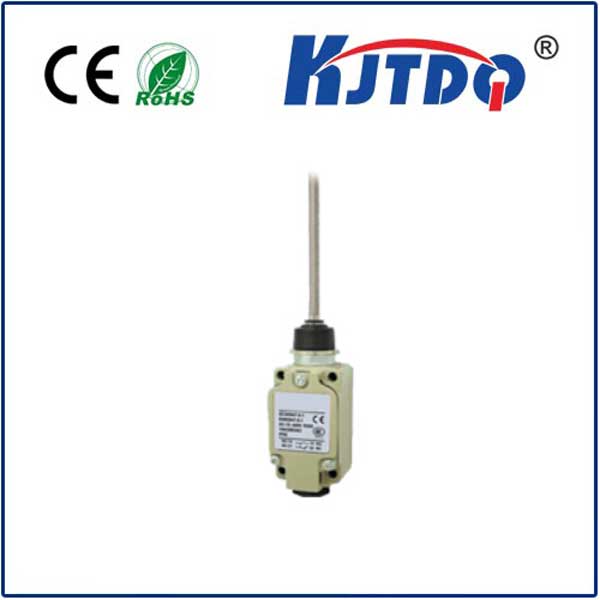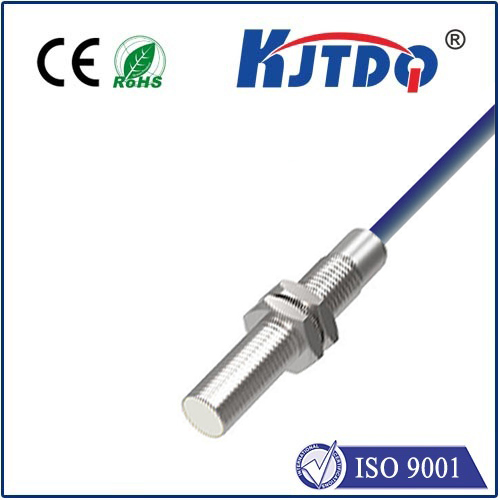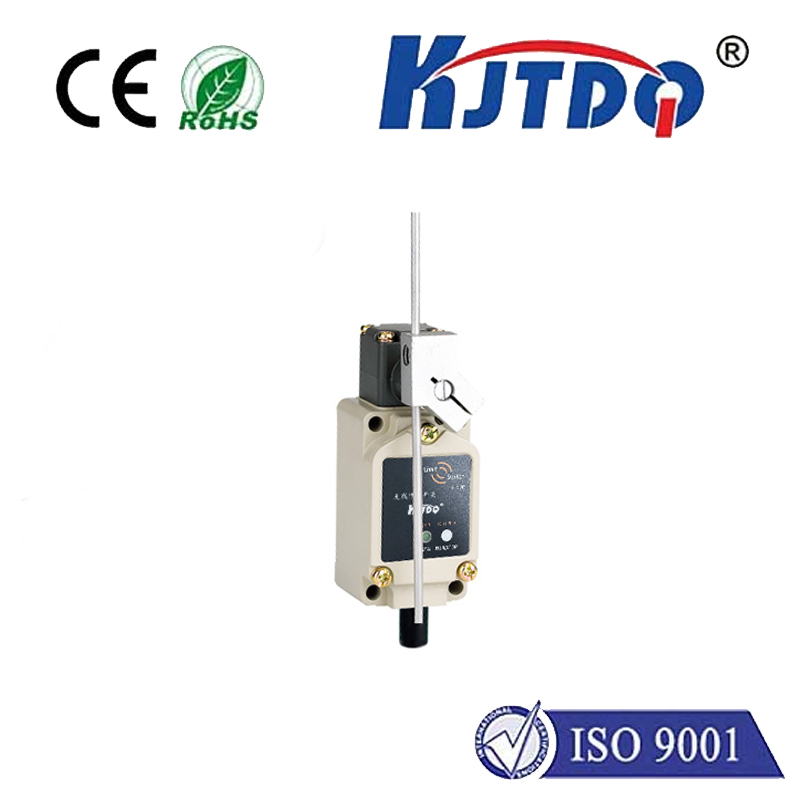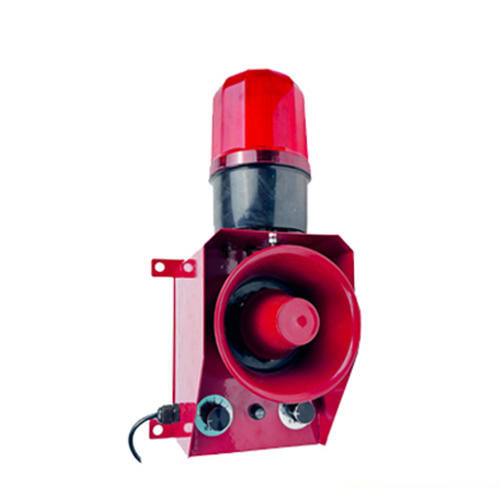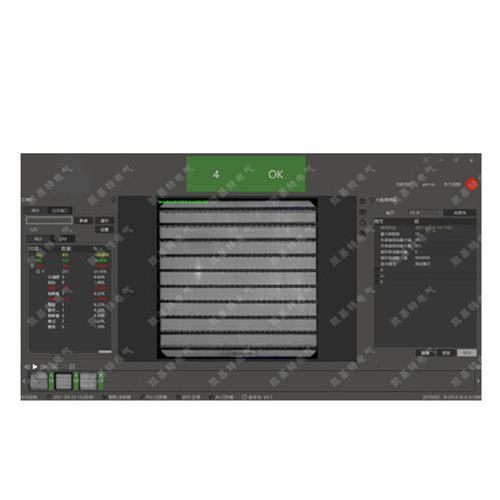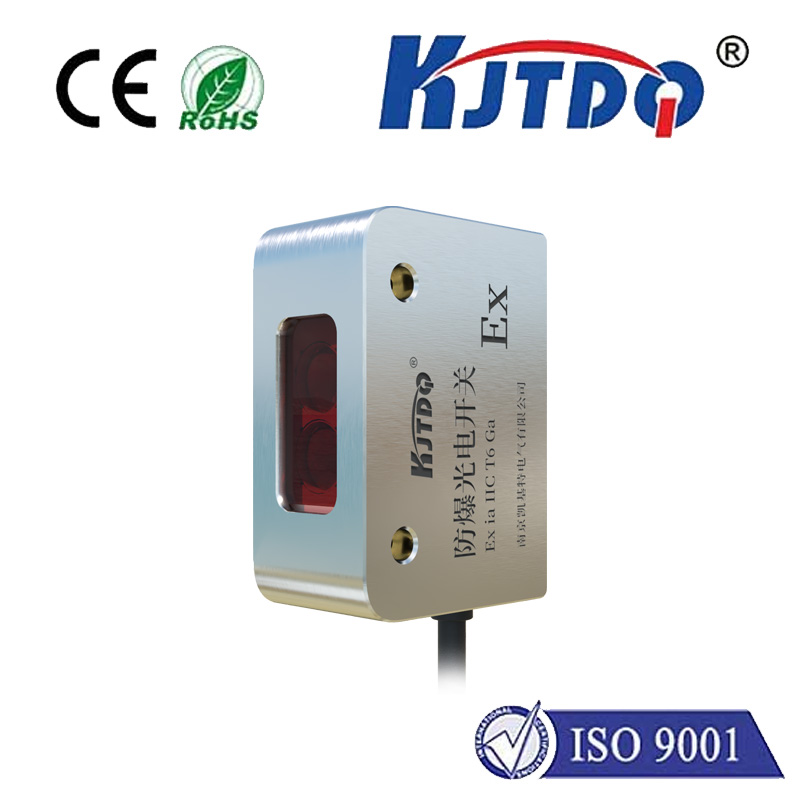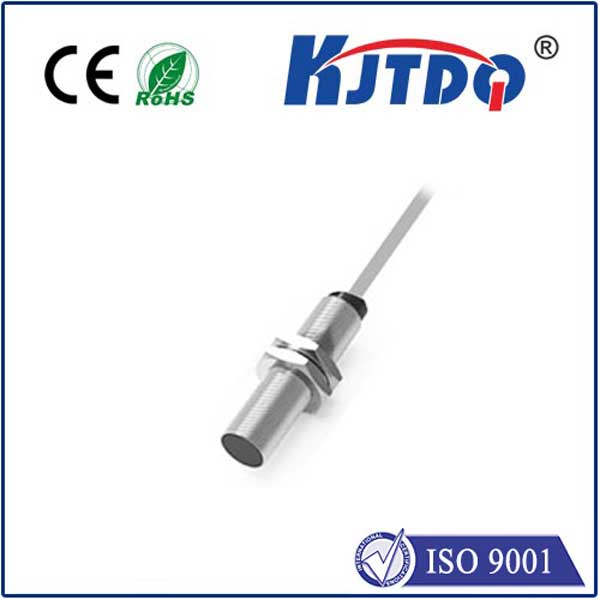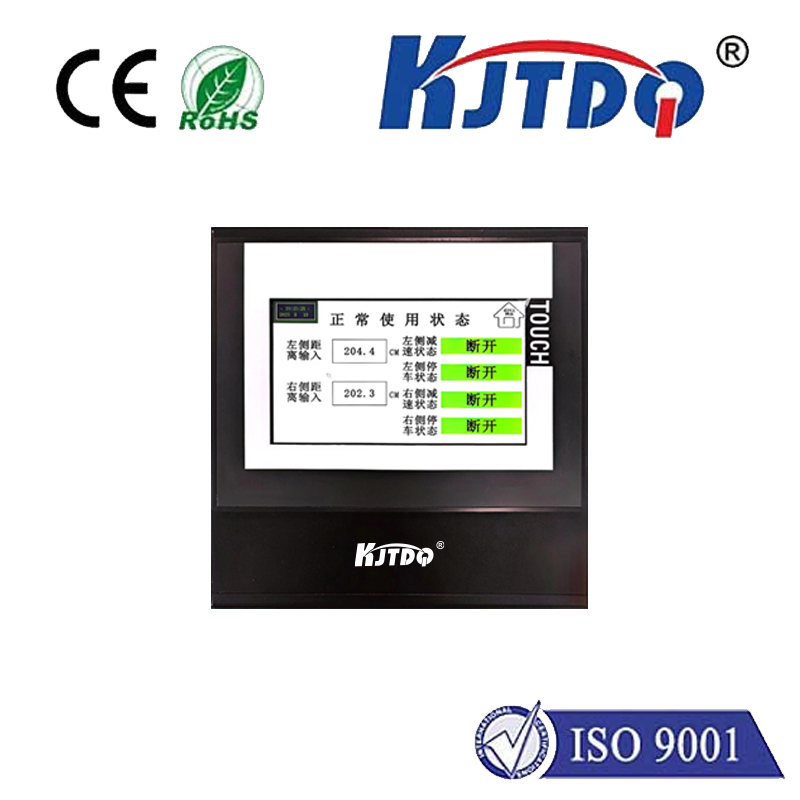

check

check

check

check
M18 Inductive Proximity Sensors: The Rugged Detectives of Industrial Automation
Imagine a factory humming with activity: robotic arms welding, conveyor belts carrying metal components, machines stamping and forming. In this dynamic, often harsh environment, reliability is non-negotiable. How do these systems precisely know when and where a metal part is present without physically touching it? Enter the unsung heroes working tirelessly behind the scenes: M18 inductive proximity sensors. These unassuming cylindrical devices are fundamental pillars of modern automation, offering robust, non-contact detection crucial for efficiency and safety. Understanding their operation, strengths, and ideal applications is key for engineers, technicians, and anyone involved in designing or maintaining automated systems.
An M18 inductive proximity sensor belongs to a broad category of non-contact switching devices. The “M18” designation refers to its standardized cylindrical threaded housing size, specifically 18 millimeters in diameter. This common size makes them incredibly versatile and easy to integrate into countless machines and fixtures. “Inductive” defines the core technology: it detects ferrous and non-ferrous metallic targets through the principles of electromagnetic induction.

So, how exactly does this marvel of physics work? At its heart lies an oscillator circuit generating a high-frequency electromagnetic field radiating from the sensor’s active face (the sensing surface). When a metal object enters this oscillating field, eddy currents are induced on the surface of the target metal. These eddy currents draw energy from the oscillator circuit, causing a measurable drop in its oscillation amplitude. Sophisticated circuitry within the sensor monitors this amplitude change. Once the drop exceeds a predefined threshold – indicating the target is within the specified sensing distance – the sensor triggers its output signal. This could mean switching a solid-state transistor (NPN or PNP) or, less commonly in modern M18s, an electromechanical relay. Crucially, this entire process happens without any physical contact, eliminating wear and tear while enabling high-speed operation.
The design of the M18 inductive proximity sensor delivers a potent combination of features that make it indispensable in industrial settings:
While offering impressive sensing distances compared to smaller cousins like M8 or M12 sensors, the range for an M18 inductive sensor is finite and depends on its specific design and the target material. Typically, rated operating distances (Sn) range from 2mm to 8mm for standard versions (detecting mild steel). A key concept is the correction factor – sensors calibrated for steel (factor 1.0) will have a reduced sensing range for non-ferrous metals like aluminum (often factor ~0.4) or brass/stainless steel (factor ~0.7). Shielding also plays a role: shielded M18 sensors have the sensing field focused forward, allowing flush mounting in metal, but with a slightly shorter range. Unshielded types offer a longer range but require non-metallic surroundings near the sensing face. Understanding these nuances is crucial for accurate sensor selection.
The applications for M18 inductive proximity sensors are seemingly endless across diverse industries:
When selecting an M18 inductive proximity sensor, several factors demand careful consideration: the target material (ferrous/non-ferrous) and size, the required sensing distance (Sn) considering mounting constraints, the preferred output configuration (NPN sinking/PNP sourcing, Normally Open/Normally Closed), operating voltage (commonly 10-30V DC, but AC/DC versions exist), connection type (integral cable, connector), the necessity for specific IP ratings (IP67 standard, IP68/IP69K for harsh environments), temperature range, and whether a shielded or unshielded design is appropriate for the mounting location.
In essence, the M18 inductive proximity sensor is far more than just a component; it’s a fundamental building block of reliable industrial automation. Its robust construction, non-contact principle, resilience in harsh environments, and standardized size have cemented its status as the go-to solution for millions of metal detection tasks worldwide. From the precision required in semiconductor manufacturing to the relentless pace of automotive assembly lines and the demanding conditions of heavy machinery, these rugged detectives provide the essential feedback that keeps modern industry running smoothly, safely, and efficiently. Understanding their capabilities and nuances ensures optimal performance and longevity in any automated system.
